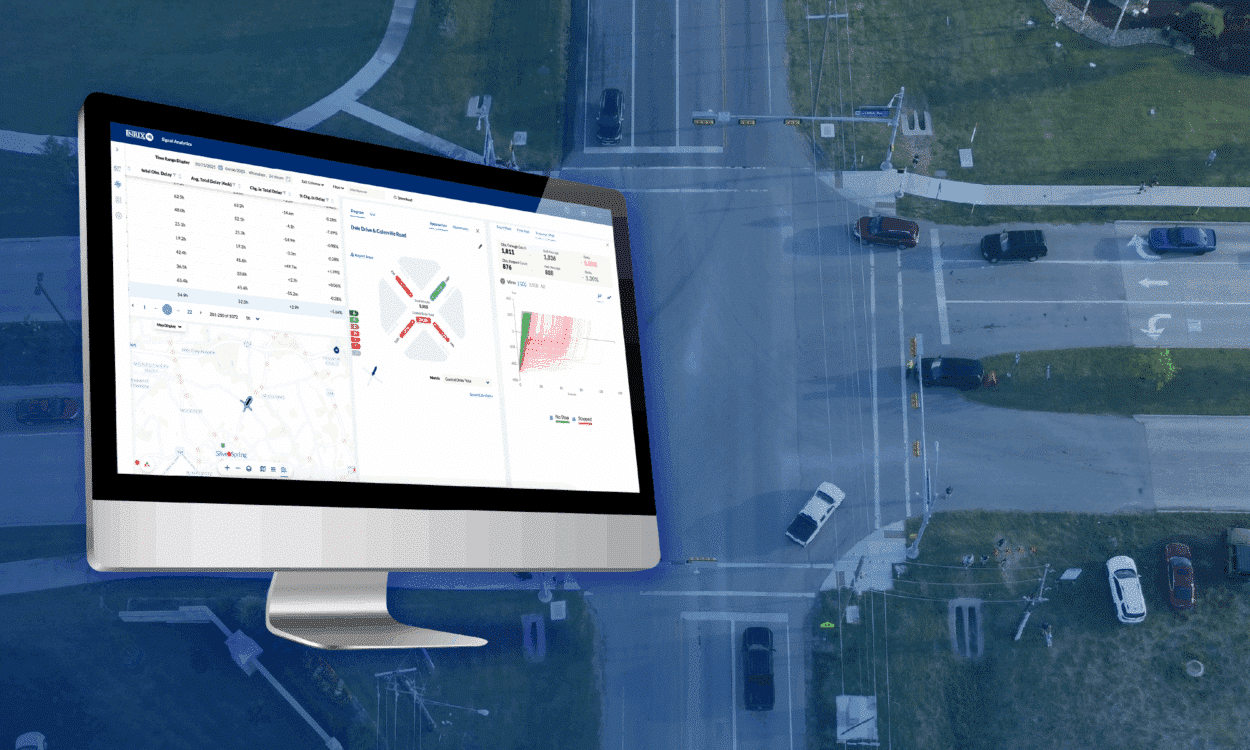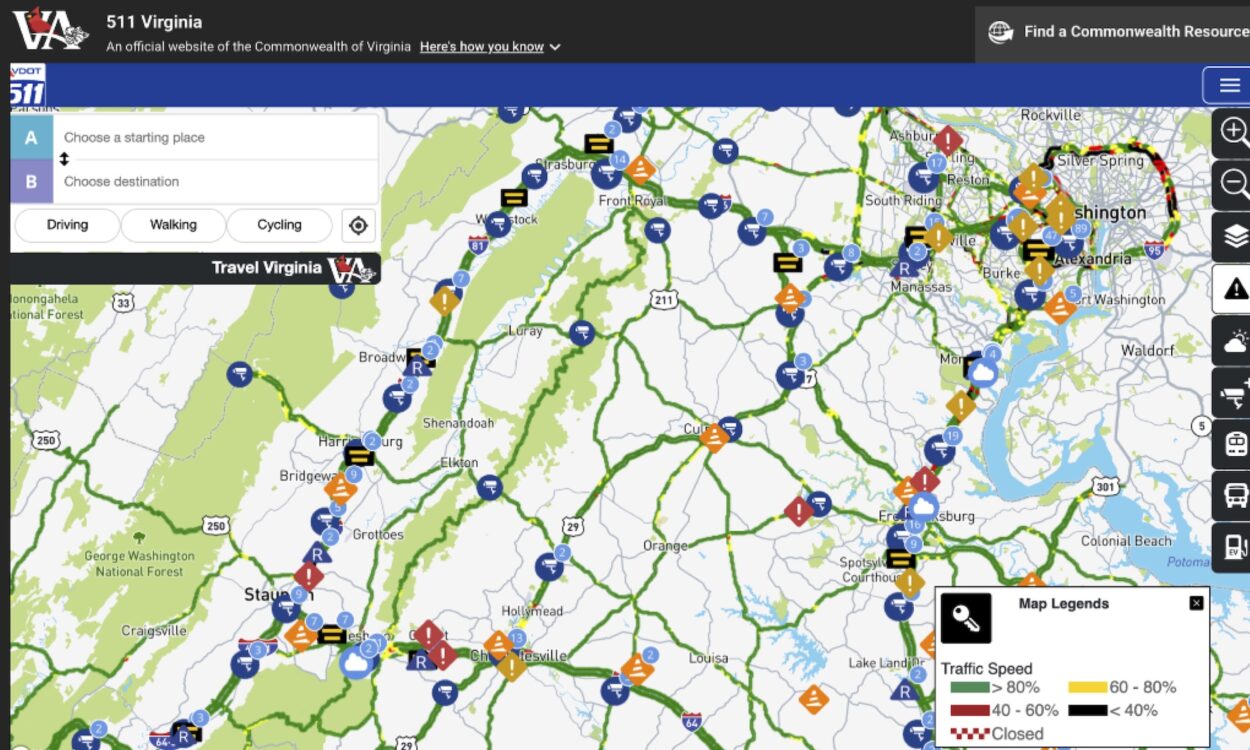The Challenge
The City of Austin’s Mobility Management Center (MMC) oversees a vast 385-mile arterial network with more than 1,100 signalized intersections, 771 school-zone beacons, 680 cameras, and 13 dynamic message signs. The MMC had an outdated signal system with broad, non-lane-specific detection zones and software integration issues which left operations largely reactive, identifying congestion after it occurred rather than proactively managing traffic flow.
Solution
Austin implemented INRIX Signal Analytics, leveraging crowdsourced and connected vehicle data to gain real-time traffic insights without adding new hardware. This allowed the MMC to identify congestion hotspots before complaints arose, proactively adjust signal timings, and track performance improvements.
Results
Austin achieved impressive results using Signal Analytics: a 30% reduction in target movement delays, a 20% improvement in total intersection performance, and approximately $808,000 in travel-time savings for drivers and businesses. The initiative positively impacted over three million travelers, proving that a data-driven approach to signal and traffic management can deliver substantial time and cost savings without major infrastructure overhauls.



